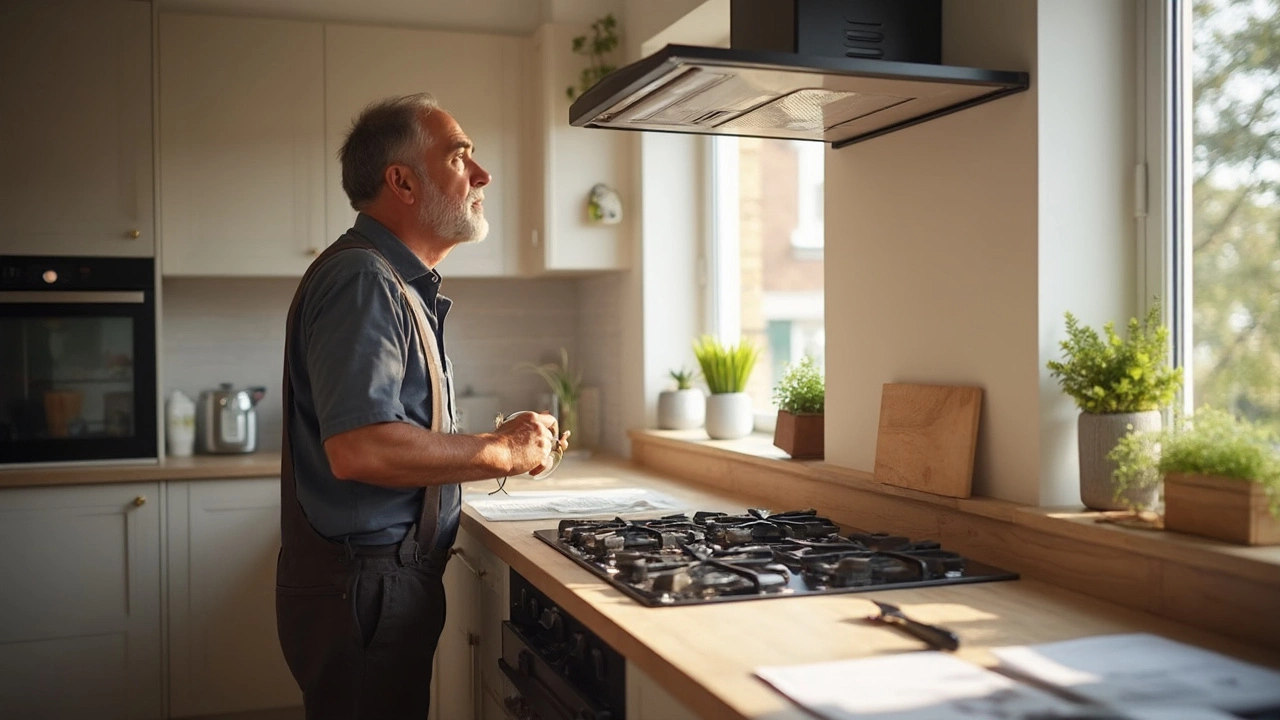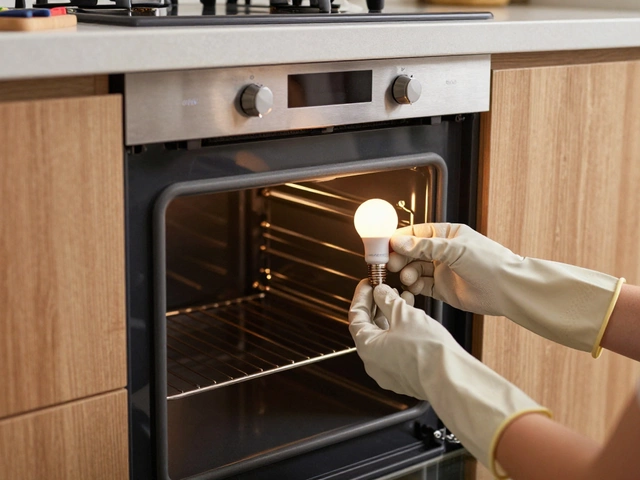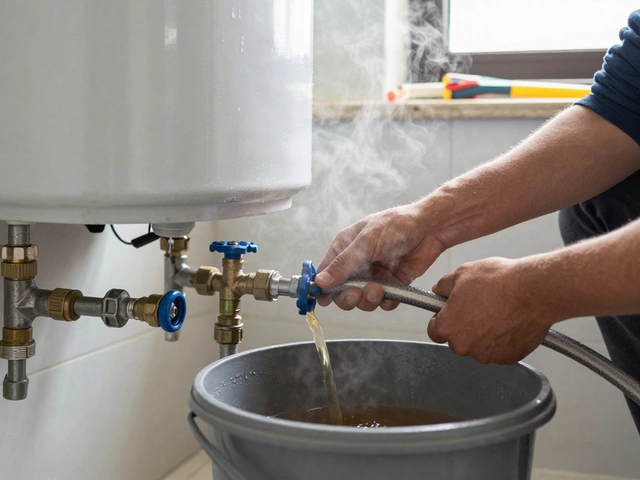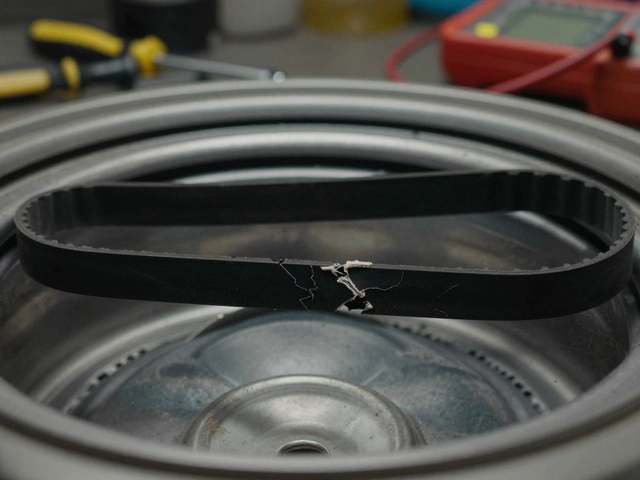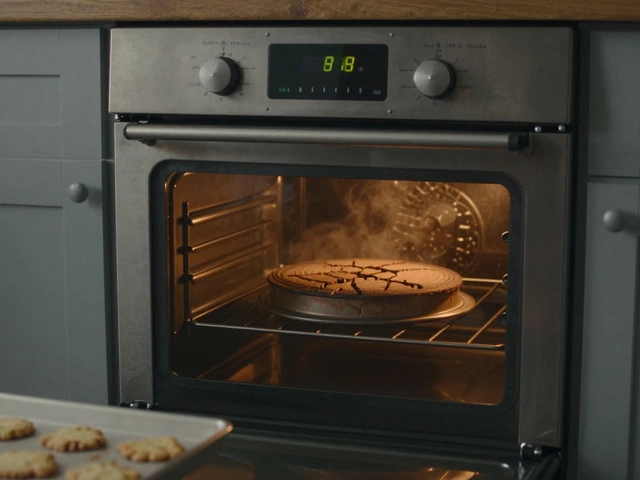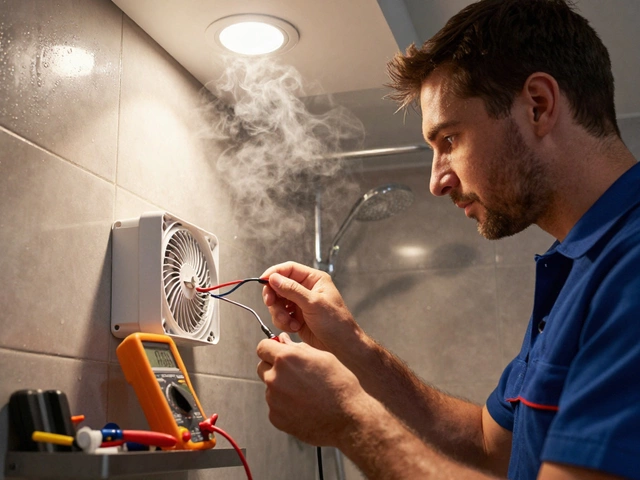Bathroom Fan Repair – Simple Fixes & When to Call a Pro
If your bathroom fan has stopped humming, makes a weird squeal, or just won’t turn on, you’re not alone. A faulty fan can leave the room damp, moldy, and smelly – and fixing it doesn’t have to be a nightmare. Below are the most common reasons a bathroom fan quits, what you can check yourself, and why a local pro can save you time and money.
Common Reasons Your Bathroom Fan Stops Working
Fans fail for a few predictable reasons. First, the most obvious culprit is the power supply. A tripped breaker or a loose wire can cut electricity instantly. Check your circuit box and make sure the switch for the fan is on.
Second, dust and grime love to build up on the motor and blades. Over time, the motor overheats and the fan stalls. You’ll often notice a weaker airflow before the fan dies completely.
Third, the fan’s capacitor – the little part that gives the motor a boost at start‑up – can go bad. A dead capacitor usually means the fan won’t spin at all, but you’ll still hear a faint click when you flip the switch.
Lastly, water damage is a silent killer. If the fan’s housing leaks or the bathroom is constantly humid, moisture can corrode internal parts. Look for rust or discoloration on the fan’s metal parts.
DIY Checks Before You Call a Technician
Before you pick up the phone, try these quick steps. Turn off the power at the breaker, then remove the fan’s cover. A simple vacuum or soft brush can clear dust from the blades and motor housing – this alone can restore airflow.
Next, inspect the wiring. Loose connections are easy to spot; look for wires that have pulled away from their terminals. If something looks loose, tighten it with a screwdriver, but only after the power is off.
If the fan still won’t run, use a multimeter (or ask a neighbour who has one) to test the voltage at the fan’s wires. You should see the same voltage as the circuit rating – usually 120 V in UK homes. No voltage means a wiring issue or a faulty switch.
When you suspect a bad capacitor, you can do a “tap test.” With the power still off, gently tap the motor housing with a screwdriver handle. If the fan spins briefly, the capacitor is likely dead and the motor needs a replacement.
If any of these steps feel uncomfortable, stop and call a professional. Trying to force a motor back together can cause electric shock or further damage.
At Hinckley Home Appliance Repair Services, we specialize in bathroom fan repair. Our technicians know how to diagnose motor, capacitor, and wiring problems fast. We bring the right parts, so you won’t wait for a second visit.
We also offer maintenance packages to keep your fan clean and running year after year. Regular cleaning prevents dust buildup, and a quick inspection can spot early signs of wear before they become costly repairs.
So, next time your fan goes quiet, start with the power check and a quick clean. If the fan still refuses to work, give us a call. We’ll get your bathroom breathing easy again, without the hassle of endless DIY guesses.
6 June 2025
·
0 Comments
Wondering how long it takes to fix an extractor fan? This article breaks down the steps, what can slow things down, and ways to speed up repairs. Figure out if you’re dealing with a ten-minute job or something that’ll take hours. Get real tips to save time, avoid rookie mistakes, and know when to call in the pros. Simple, straight-talking advice for anyone facing a noisy or broken fan.
Read more

